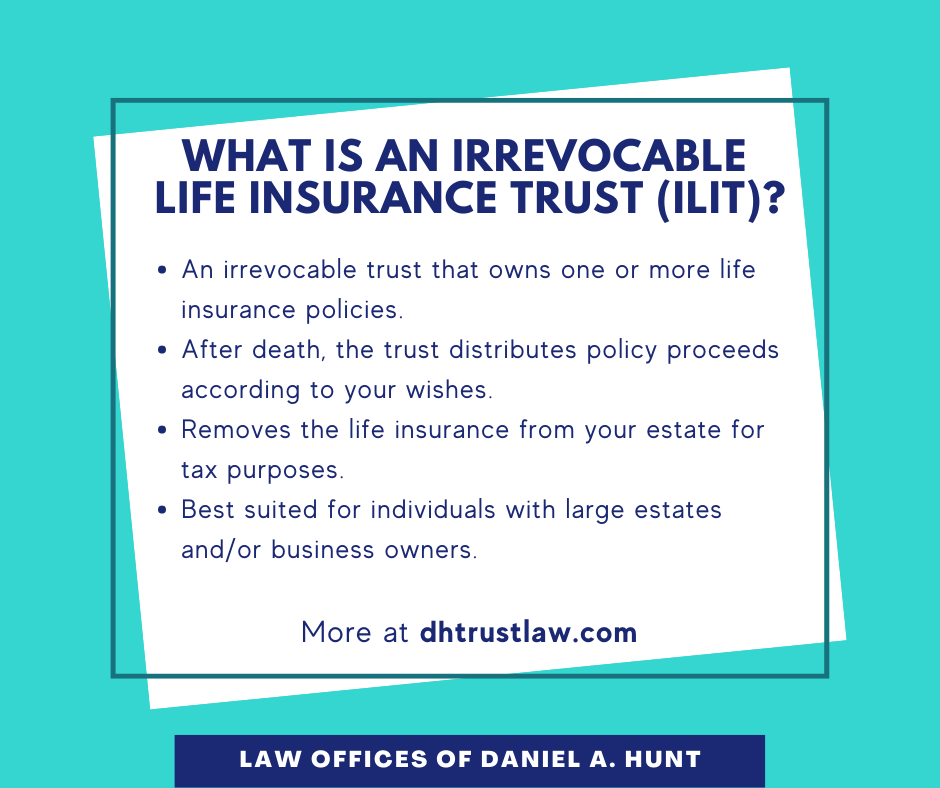A Biased View of Pacific Prime
A Biased View of Pacific Prime
Blog Article
Pacific Prime - Questions
Table of ContentsA Biased View of Pacific PrimeThe Facts About Pacific Prime RevealedThe smart Trick of Pacific Prime That Nobody is Talking AboutGetting The Pacific Prime To Work
In most states, the insurance company is required to send you a copy of the modifications to your policy. It is vital that you check out Recommendations or Riders so you understand exactly how your policy has actually transformed and if the plan is still adequate to satisfy your needs. To acquire a copy of your insurance plan, please call your insurance policy representative or business.
The Institute of Medication (IOM) Board on the Consequences of Uninsurance launches a prolonged assessment of evidence that addresses the importance of wellness insurance policy protection with the publication of this record. Protection Issues is the first in a series of 6 records that will certainly be issued over the next two years documenting the reality and consequences of having actually an estimated 40 million people in the USA without medical insurance protection.

Pacific Prime - The Facts
The goal of this series of researches is to refocus plan attention on a longstanding problem. Following the lengthiest economic growth in American background, in 1999, an approximated one out of every 6 Americans32 million grownups under the age of 65 and greater than 10 million childrenremains uninsured (Mills, 2000).

10 percent of the populace represent 70 percent of wellness treatment expenses, a connection that has continued to be consistent over the previous three decades (Berk and Monheit, 2001) - expat insurance. Therefore medical insurance continues to offer the function of spreading out danger also as it progressively finances regular treatment. From the viewpoint of wellness treatment suppliers, insurance coverage carried by their people assists protect an earnings stream, and areas gain from economically sensible and secure healthcare specialists and organizations
Federal government provides wellness insurance to populations whom the exclusive market might not offer efficiently, such as disabled and senior citizens, and populaces whose accessibility to healthcare is socially valued, such as kids and expecting women. The utmost ends of wellness insurance policy coverage for the private and communities, including office neighborhoods of employees and employers, are boosted health and wellness results and lifestyle.
The Buzz on Pacific Prime
Workers rank medical insurance initially by far in relevance among all the benefits offered in the work environment (Salisbury, 2001). There have actually been substantial financial investments of individual and public funds to provide wellness insurance policy, lots of people still have no coverage. Despite extensive coverage of survey searchings for and wellness care research results, the general public stays overwhelmed and misinformed about Americans without medical insurance and the effects of doing not have insurance coverage.

Without concern, the complexity of American healthcare funding mechanisms and the wide range of resources of information include in the general public's complication and suspicion regarding medical insurance statistics and their interpretation. This record and those that will certainly follow aim to boil down and provide in easily easy to understand terms the considerable research that births on questions of medical insurance coverage and its value.
Fifty-seven percent of Americans questioned in 1999 believed that those without wellness insurance policy are "able to get the treatment they need from doctors and health centers" (Blendon et al., 1999, p. 207). In 1993, when national focus was concentrated on the problems of the uninsured and on pending health treatment regulations, just 43 percent of those questioned held this belief (Blendon et al., 1999).

They likewise get fewer preventive solutions and are less likely to have normal take care of chronic conditions such as hypertension and diabetic issues. Persistent conditions can result in costly and disabling issues if they are not well handled (Lurie et al., 1984; Lurie et al., 1986; Ayanian et al., 2000). One nationwide study asked more than 3,400 adults about 15 highly major or morbid problems.
Not known Details About Pacific Prime
Additional evidence is presented later in this phase in the discussion of insurance and accessibility to healthcare. https://iridescent-horse-hspdzg.mystrikingly.com/blog/welcome-to-pacific-prime. People without medical insurance are young and healthy and pick to go without coverage. Virtually fifty percent (43 percent) of those checked in 2000 thought that individuals without health insurance are more most likely to have health issue than people with insurance policy
Citizens and plan makers in focus team conversations identify those without insurance coverage as youngsters that have the opportunity to be covered and feel they do not need it (Concierge Novelli, 2001). Compared to those with at the very least some private coverage, the uninsured are much less likely to report being in exceptional or very great health and wellness (Company for Medical Care Research and Top Quality, 2001).
SOURCE: Facility for Cost and Financing Researches, Agency for Medical Care Research and Top quality, based on MEPS data. Youthful grownups in between 19 and 34 you can try these out are even more most likely to do not have health insurance coverage than any type of various other age. This is primarily since they are much less frequently eligible for employment-based insurance coverage as a result of the nature of their job or their short tenure in it.
The perception that individuals without insurance policy have better-than-average wellness follows from confusing the fairly young age account of the without insurance with the far better wellness, typically, of younger persons. This obscures the link between health and wellness condition and medical insurance. For those without accessibility to workplace medical insurance, bad health and wellness is a prospective barrier to buying nongroup coverage since such insurance coverage might be very valued, leave out pre-existing problems, or be just not available.
Report this page